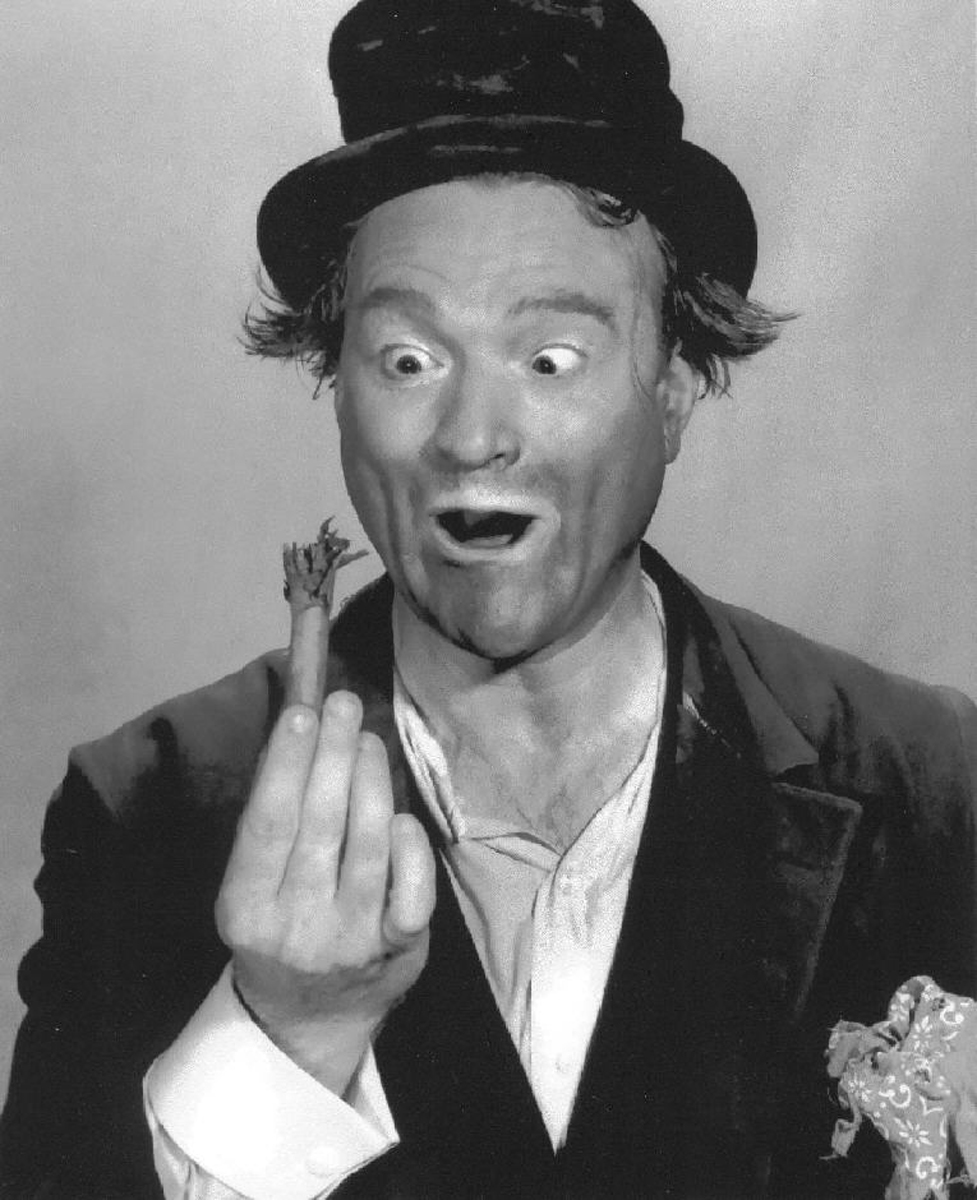His 1969 Remarks on America — Now, His Powerful Message 50 Years Later Will Alter the Way You View the Pledge
In 1969, a seemingly ordinary moment in a classroom left a lasting impact on one young boy, now a grown man, altering how he viewed patriotism. Fifty years later, his reflection on that experience is as powerful and relevant as it was back then. In a recent video monologue, he revisits the lesson he learned from his teacher, who challenged the unthinking recitation of the Pledge of Allegiance. His message is simple but profound: true patriotism isn’t about blindly repeating words, it’s about understanding the ideals that make our country unique.
The Classroom Revelation: More Than Just Words
As a student, he was struck by the monotony with which his peers recited the Pledge of Allegiance. His teacher, noticing the lack of enthusiasm, took it upon herself to explain the true meaning behind each phrase. She started by discussing the idea of a state—not just as a group of towns separated by lines on a map, but as a collection of communities bound by shared values. She then delved into the significance of the flag—not as a mere fabric, but as a symbol of freedom, unity, and the sacrifices made by countless individuals.
This wasn’t just a lesson in memorization—it was an invitation to engage deeply with the words we recite every day. The teacher’s explanations brought new life to the pledge, making it not just a routine, but a meaningful expression of unity and purpose. Decades later, the man still recalls her lesson with clarity and passion, able to repeat every word with newfound understanding.
A Lesson for the Future
Reflecting on that pivotal moment, he emphasizes the importance of knowledge and critical thinking. His teacher’s dedication to helping the class understand the words they spoke turned a simple act into a powerful declaration of freedom and unity. In his monologue, he argues that if we want to raise thoughtful, independent individuals, we must go beyond blind recitation. Children need to learn the “why” behind the pledge. They need to grasp that it’s more than just a daily ritual; it’s a commitment to the principles of liberty, justice, and equality that are the foundation of America.
He underscores that the values embodied in the Pledge of Allegiance—such as liberty, justice, and the pursuit of happiness—should be taught with historical context. By doing so, we empower children to think critically, to challenge the status quo when necessary, and to contribute meaningfully to society. His message serves as both a tribute to a teacher who believed in the transformative power of education and a call to action for parents and educators today.
The Enduring Impact: Reflective Patriotism
His message is a reminder that true patriotism goes beyond surface-level displays. It involves an informed and engaged citizenry that understands both the ideals and sacrifices that shaped the nation. In a time when information is readily accessible, there is an urgent need to teach children how to think critically about the world around them. This means discussing the history of American freedoms, the struggles that paved the way for these rights, and the responsibility citizens have to protect them.
The lesson he learned in 1969 has shaped his commitment to lifelong learning and critical thought. As an adult, he now urges others to pass on this legacy of thoughtful engagement.
Conclusion: A Call to Thoughtful Patriotism
Even after fifty years, the lesson from that classroom remains potent. His reflection reminds us that the Pledge of Allegiance should be more than just a routine—it should be a reflection of the freedoms and responsibilities that define the nation. It’s not enough to simply repeat the words; we must understand their deeper meaning and live by the principles they represent.
Looking ahead, let’s follow his call to teach children the true essence of patriotism, to encourage curiosity, and to empower them to be informed, thoughtful citizens. In doing so, we not only honor the nation’s founding ideals, but we also ensure that America remains a place of opportunity and hope for generations to come.
